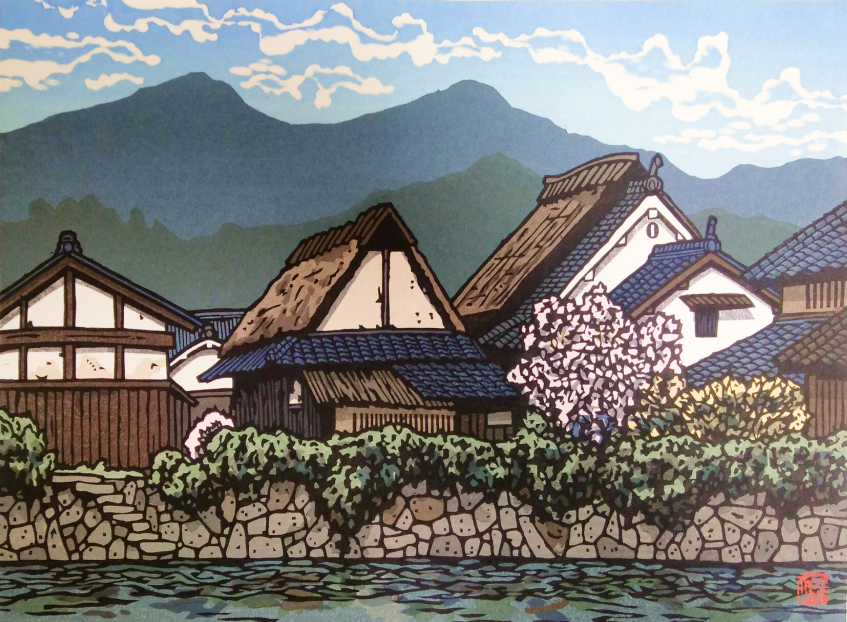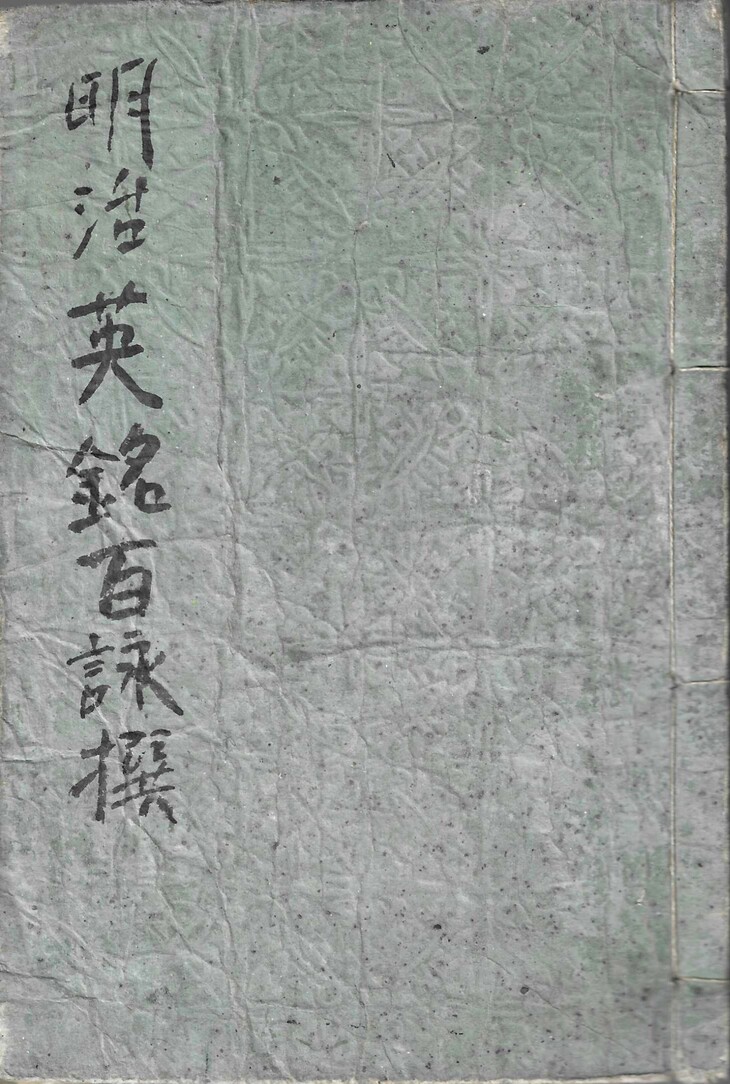Utagawa Yoshiharu
1828 ~ 1888Ikuta Yoshiharu, also known as Utagawa Yoshiharu (歌川芳春), was a Japanese artist active during the late Edo and early Meiji periods.
Born in 1828 in Honjo, Edo (present-day Tokyo), he was the third son of a samurai family serving the Tokugawa shogunate. His father, Ikuta Kaiemon, held the role of go-konando-yaku,
an administrative position in the shogunate government. In his youth, Yoshiharu showed interest in kabuki theatre and aspired to become an actor, but faced opposition from his family.
As a result, he turned to art and became a student of Utagawa Kuniyoshi.
Throughout his career, Yoshiharu used several pseudonyms, initially signing his works as Ichibaisai Yoshiharu (一梅斎芳晴) but around the Keiō era (1865 - 1868), he changed his artist name to Yoshiharu.
Yoshiharu is known for producing a wide range of works, including bijin-ga, musha-e, kaika-e, omocha-e, and illustrations for books and newspapers. His artworks reflect the social and cultural transformations
of 19th-century Japan, combining traditional elements with emerging Western influence.
He passed away on February 5, 1888, in Tokyo at the age of 61. His contribution to ukiyo-e is significant for its ability to document and interpret Japan`s rapid transformation during a pivotal historical era.

